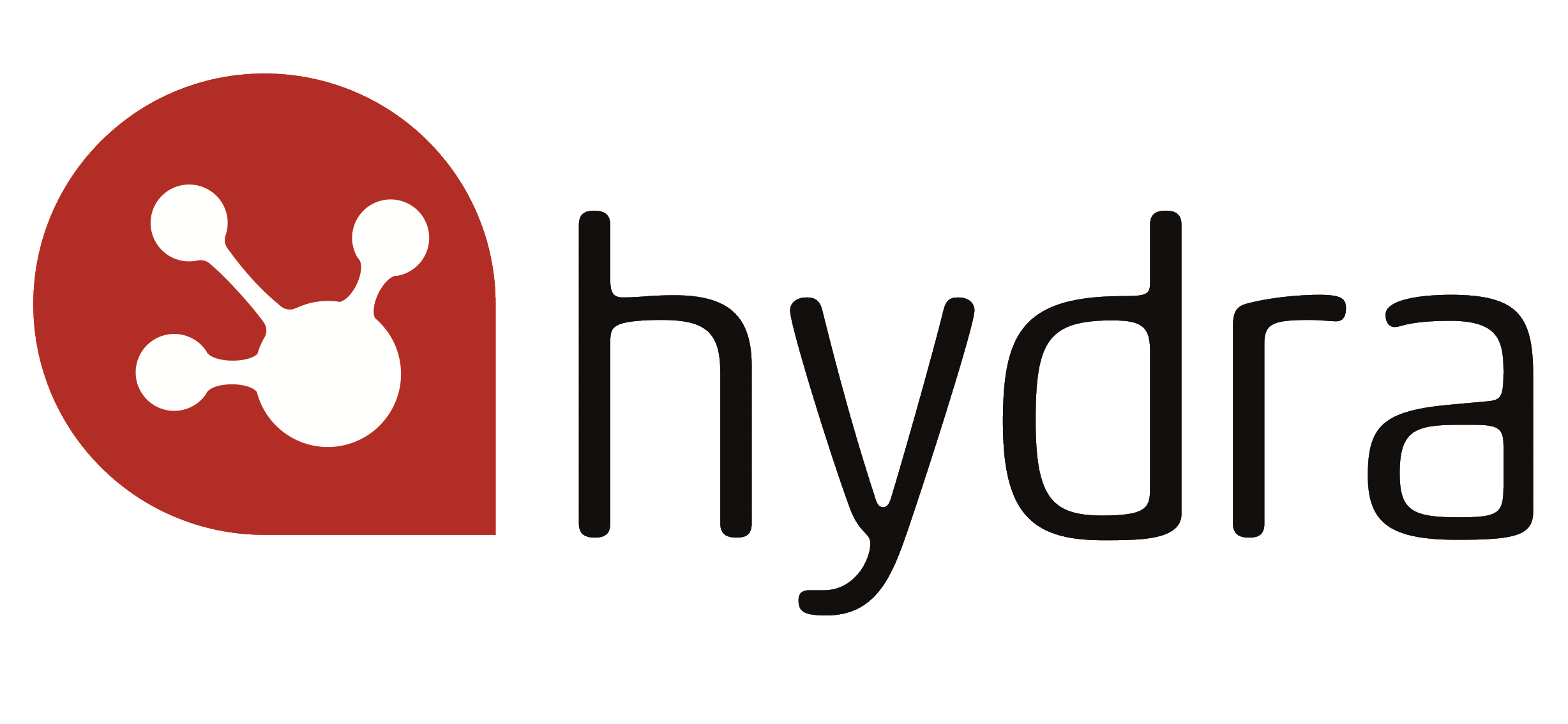KM Implementation: 3 Top Lessons Learned, by Paul Whiffen
So much that is said about KM is theoretical, the hard part is implementing it and making it real. That’s why once again I am delighted to collaborate with Paul Whiffen, Hydra’s Knowledge Management Thought-Leader, who takes the theory and makes it real.
Having worked across KM for almost 23 years leading KM implementation for organisations across sectors such as Defence, Energy & Humanitarian Aid, Paul has learned much about overcoming the common challenges and bringing sustainable change. Here he shares his 3 top lessons learned.
Lesson 1: KM must be practical & authentically value-adding to avoid being a passing fad
The approach to KM must work for the business in a practical and pragmatic way that is seen to genuinely enhance business performance – and needs to be communicated rapidly & in a manner to inspire people. So much is written about KM that is “faddy” and promising great things, almost magical in nature at times - but it will soon die if the approach doesn’t very quickly demonstrate structure, logic and added value to the business. The approach also needs to
Address both strategic and tactical aspects of KM
It’s not enough to just provide support/activities such as effective team learning processes, individual knowledge transfer and communities in a reactive way, important though these activities are. Organisations also need to pilot and put in place workable knowledge strategies & plans for the organisation as a whole, major projects, major functions and also the individual staff. These then call up those same tactical KM processes in a much more proactive and professional way.
Address both ends of the KM Collect – Connect Spectrum
Different cultures have a natural tendency to one end of the spectrum or the other – any KM system needs to make sure that both are incorporated. Collect emphasises more activity at the lessons identified and applied end of the spectrum while Connect has more focus at the community and knowledge sharing end. It’s about a balance of both; knowledge plans & activity need to reflect this.
Provide a means to diagnose gaps in the overall KM system
A practical approach to diagnose gaps in the KM system helps the organisation to pick up tools and techniques from elsewhere, share best practices internally and build a common set of KM frameworks and language across the organisation. A community of assigned (and typically part-time) KM Managers across the business can work this approach well and build a strong foundation for the profession.
Lesson 2: KM and implementing KM are two Distinct Things
In my early years of KM I used to focus much more on KM itself - its models, tools, and techniques. As time went by, I appreciated that whilst KM requires knowledge of various technical tricks of the trade, and what really makes the difference is the ability to actually introduce and implement it. This takes much more than slide sets and assuming that the change will happen by osmosis.
Implementing KM takes full Change Management outlooks and processes and the ability/willingness to lead change – it’s all about people, behaviours, and culture at the end of the day.
Getting the people part right
Prior to coming across KM I had learned a bit about the change aspect and I tried to build on this. I had previously found that by getting the people part right first, any technical issues would generally work out ok. I didn’t have a lot of structure and mainly used intuition but giving time and space for people to communicate in a positive way seemed to work - I learned that it was my task to create the right environment.
Structuring change management
Over time, and gaining more change management experience, I learned to structure this much more. I use a phased approach of Baseline KM Assessment, comprehensive Change Strategy and Implementation Plan which between them could take between two and four years. This is accompanied by proactive management of stakeholders, the risks to the programme, any training required, IT and other elements. Crucially, authentic organisational change also requires very effective communications.
Simply stated, KM as a topic and its implementation are clearly linked - but it helps to think of them as two distinct things.
Lesson 3: You Need to be Resilient
Leading any change is challenging and KM implementation is no exception. You frequently face the choice of taking the simpler route – easier politically but bringing a form of KM that is sub-standard and won’t sustain, or to take the harder, but preferable, choice. The latter is riskier, but if followed through, leads to the transformation in KM outlooks that organisations can build on and sustain.
People and change
In simple terms I have found three broad groups of people.
- A few who naturally understand KM and want to help bring it into the organisation as quickly as possible;
- A larger group who are genuinely open-minded and keen to see the evidence from what it can do;
- The remainder can be more sceptical and have a natural resistance to any form of change for a variety of reasons.
It’s an ongoing learning curve and the assessment of new techniques and where they can be best introduced to fit with localised expectations and openness to change.
It helps to be a people person, to understand your type and the types of others, as well as to understand the difference between management and leadership. Having some senior mentors around the organisation to meet and get insight and feedback from in an informal way also helps.
Team leadership
Team leadership in this area has taught me to tell the team that you will cover them no matter what, as it can be an unnerving experience for younger staff not used to change leadership. They need to know they can take some risks as they learn and build their confidence, no matter what, the team leader will cover them if something goes wrong. I sometimes use the analogy of a rolling maul in rugby that binds in tight to serve and protect each other (servant outlook even/especially the team leader). Mind you when I did play rugby many years ago, I was a Back not a Forward so this is a theoretical analogy!
You never stop learning in KM!
These three lessons have been learned from hard-won experience in a variety of very different contexts and situations. KM implementation is never easy, I have learned a lot from both successes and frustrations, and I wanted to share these lessons with others. You never stop learning in KM!
More from Paul
How to use knowledge management to future-proof your organisation
Why should you integrate knowledge management in to your business processes?
Free e-book - Are you 'Knowledge Ready?'
Did you know..
- 90% of the knowledge within an organisation remains within the heads of its employees [1]
- Organisation's that are most effective at knowledge transfer improve project outcomes by nearly 35%? [2]
Knowledge management is a difficult challenge that every organisation is faced with. Being able to retain and transfer valuable knowledge in your Business can be the difference between success and failure.
Our free downloadable ebook Managing the Right Knowledge and Managing the Knowledge Right shares the key questions and solutions for improving your knowledge management capabilities to help you become 'Knowledge Ready'.
Download your copy of Managing the Right Knowledge and Managing the Knowledge Right and start your journey to becoming 'Knowledge Ready'.
About Paul
 Paul Whiffen has been working in KM for over 20 years, including Head of KM for three organisations in different sectors. He understands the theory and know-how to make KM real and effective from experience gained in both leadership and supporting consultancy.
Paul Whiffen has been working in KM for over 20 years, including Head of KM for three organisations in different sectors. He understands the theory and know-how to make KM real and effective from experience gained in both leadership and supporting consultancy.
If you would like to learn more please visit his blog page or connect with him on LinkedIn.
[1] PMO Pulse of the Profession® 2015
[2] Pulse of the Profession® Capturing the Value of Project Management through Knowledge Transfer


